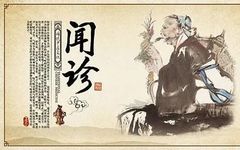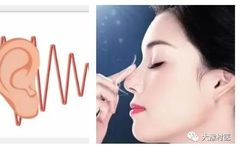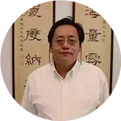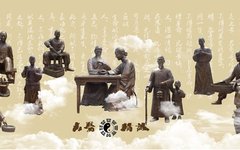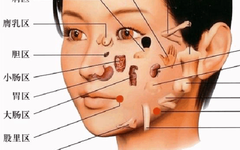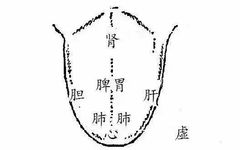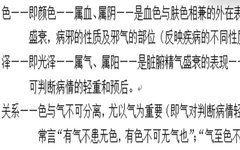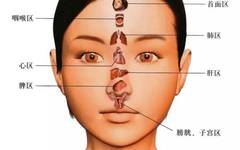Traditional Chinese Medicine Diagnosis: Auditory Examination – Language Abnormalities
Traditional Chinese Medicine Diagnosis – Auditory Examination Auditory examination is a term in Traditional Chinese Medicine (TCM) diagnosis, one of the four diagnostic methods: observation, listening, inquiry, and palpation. TCM utilizes auditory and olfactory means to infer disease patterns by examining the sounds emitted by the patient and the various odors from bodily excretions. Since … Read more

